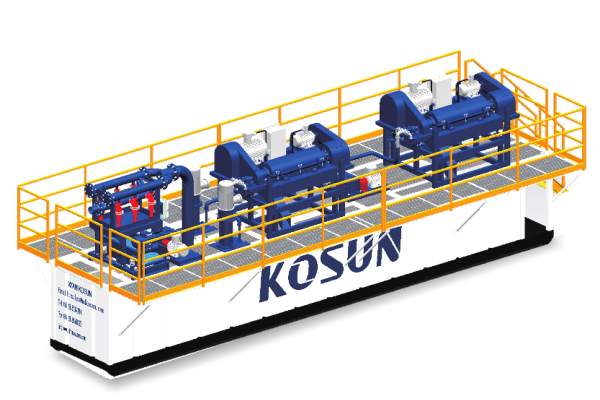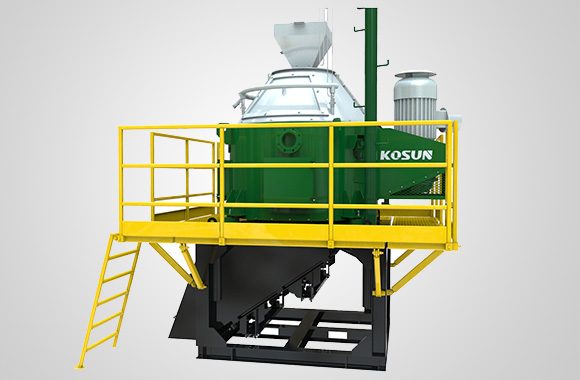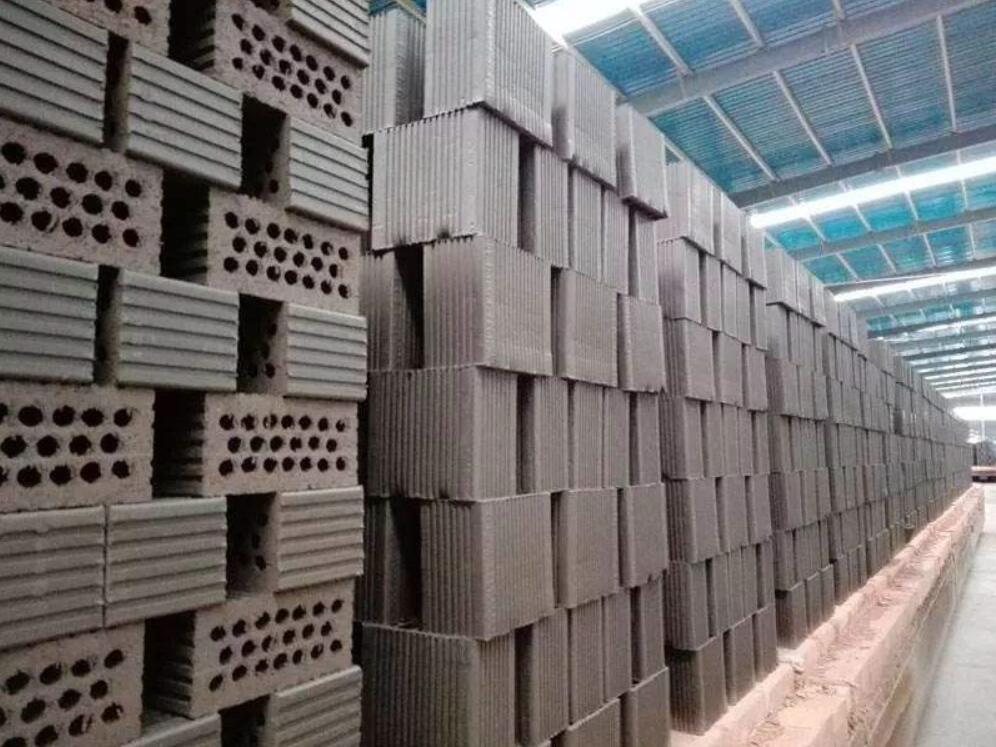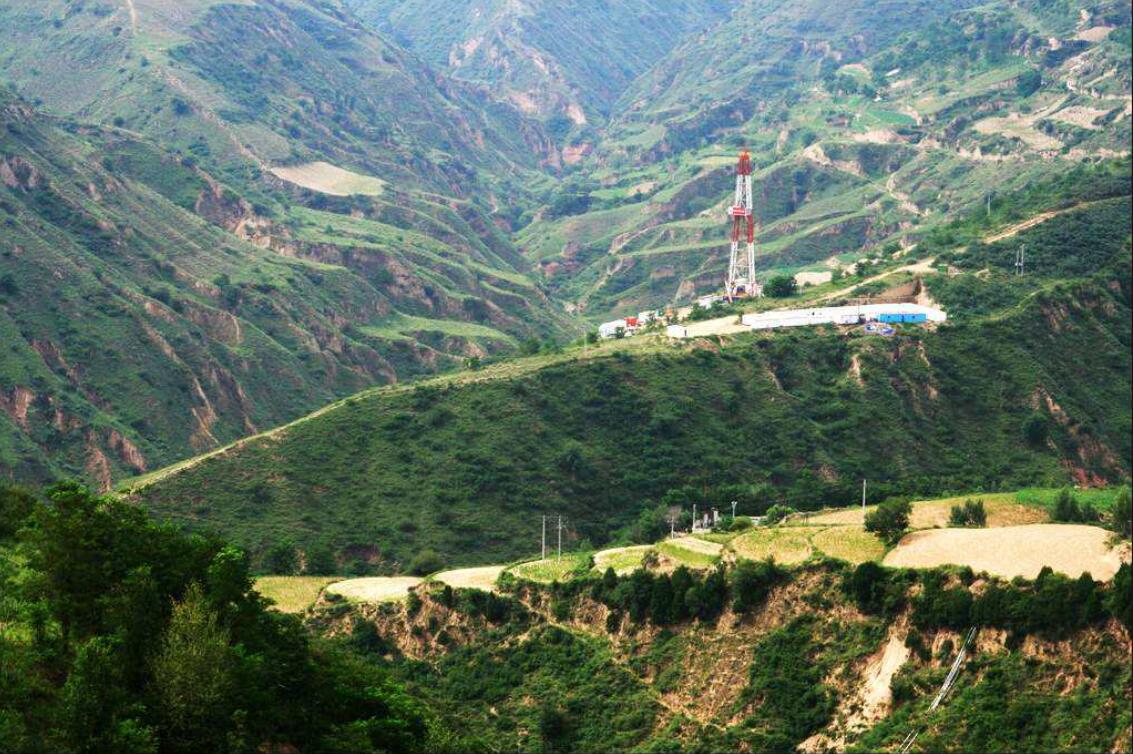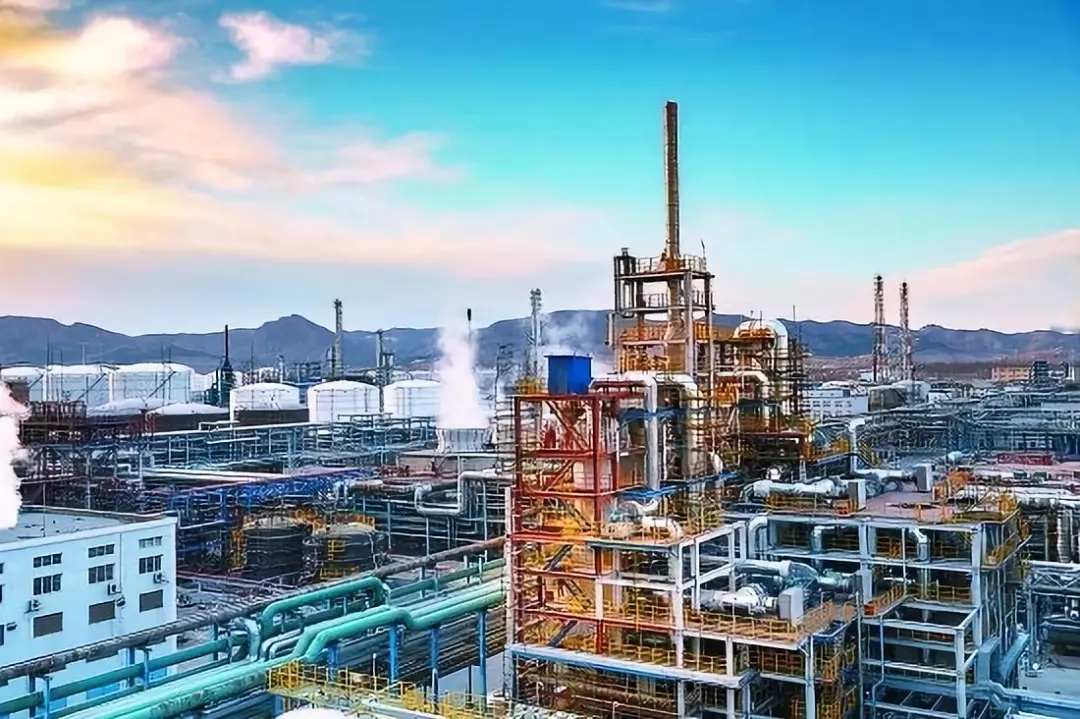Under the new pattern of circular economy, how to dispose of construction waste(Construction Waste treatment) with an annual increase of billions of tons has become one of the problems that the industry urgently needs to solve. In recent years, with the acceleration of urban construction and renovation, the problems of construction waste pollution and garbage siege have become increasingly prominent. In terms of inventory, the current increase in domestic construction waste reaches about 3.5 billion tons per year.
According to the source of construction waste, it is mainly divided into land excavation waste, road excavation waste, old building demolition waste, construction waste and building material waste. The demolition phase of buildings and the construction phase of new buildings are the key points for the control of construction waste. The demolition of old buildings and new construction accounted for 58% and 36%.
At present, our country’s treatment of construction waste is still in the relatively extensive landfill and stacking stage. In fact, construction waste is a renewable resource. After scientific recycling, separation, screening, and smelting, it can completely turn waste into treasure to restore its original performance, and reuse it as a renewable raw material. However, transforming construction waste into qualified, high-quality aggregates that can replace natural sand and gravel, and then into market-recognized products, is the biggest challenge facing companies.
KOSUN- China Solids Control Leader&Drilling Waste Management Expert
Email: sales2@adkosun.com
WhatsApp/Wechat:+86 18792396268
Contact person: Lily Wang
Online consulting:
http://www.kosun.com
http://www.kosuneco.com


